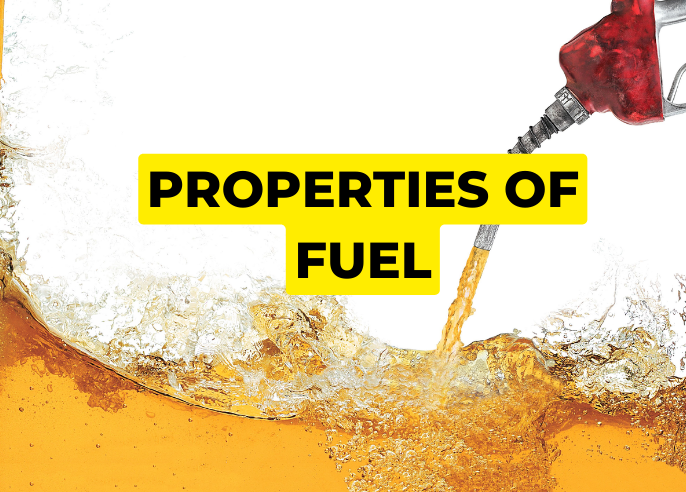Properties of fuel
Fuel is the lifeblood of any vessel, and ships are no exception. As massive carriers of goods and passengers across vast distances, ships rely on various types of fuel to power their engines and propel them through water. The properties of the fuel used in ships play a crucial role in determining their overall performance, efficiency, and environmental impact.
Let’s look at the different properties of fuel:
- Density: Density plays a very important part on a ship because the fuel we get on ship has a lot of water content, we can’t take that oil into the main engine so we separate them. The more the density difference between water and fuel the better the separation takes place in a tank called settling tank. Density of oil needs to be 991 kg/m cube and density of water is 1000 kg/m cube.
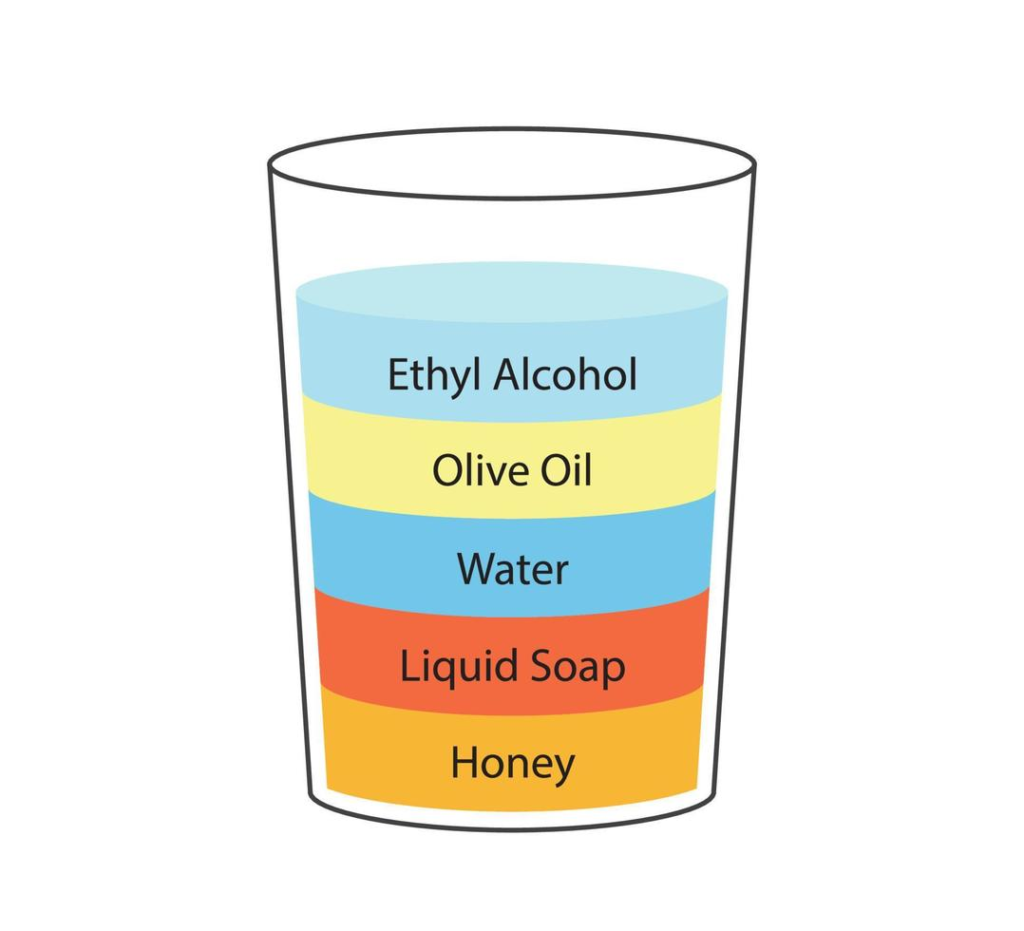
2. Kinematic viscosity: The fuel that we use these days should not have viscosity more than 380 cst at 50°C.
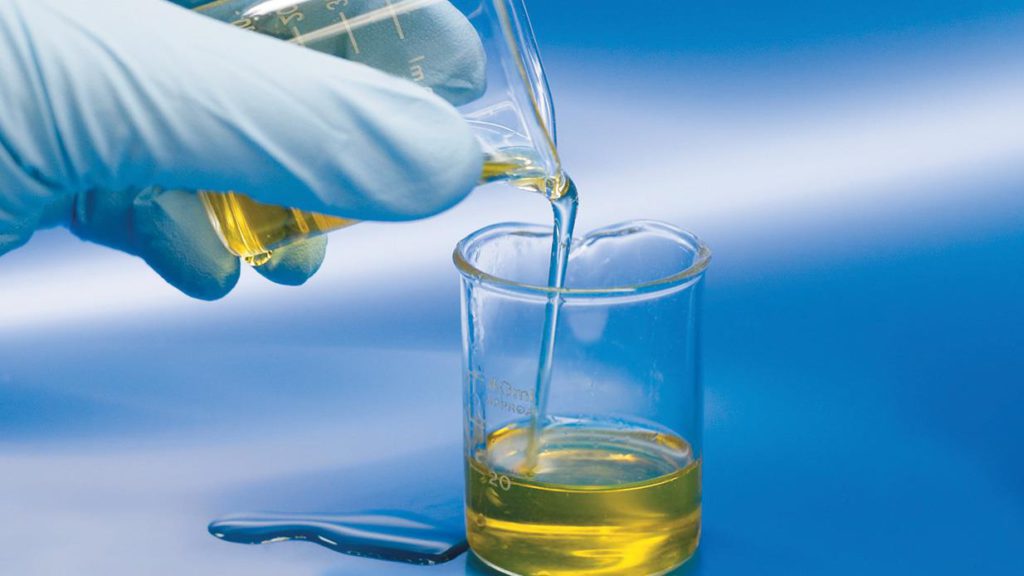
3. Viscosity index: We want the poor viscosity index fuel oil which can change with temperature because we can’t burn such a thick oil.
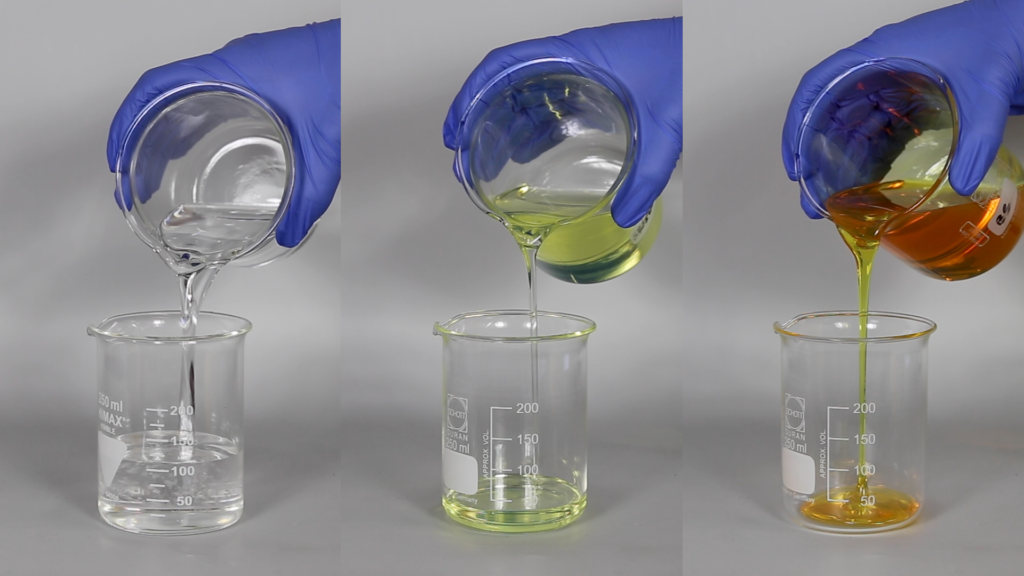
4. Carbon residue: If the fuel has got a lot of carbon residue that means after burning it will have a lot of carbon deposits, which you might have to clean it.

5. Sulfur: Sulfur capacity are properties of fuel which is important because of MARPOL to avoid atmospheric damage and acid rain. According to MARPOL convention “IMO 2020” the upper limit of the sulfur content of ships fuel oil was reduced to 0.5%(from 3.5% previously).

6. Flash point: On ship there is no fuel or oil should have a flashpoint less than 60º because flash point is that temperature at which liquids form vapour and if shown a spark it can catch fire.
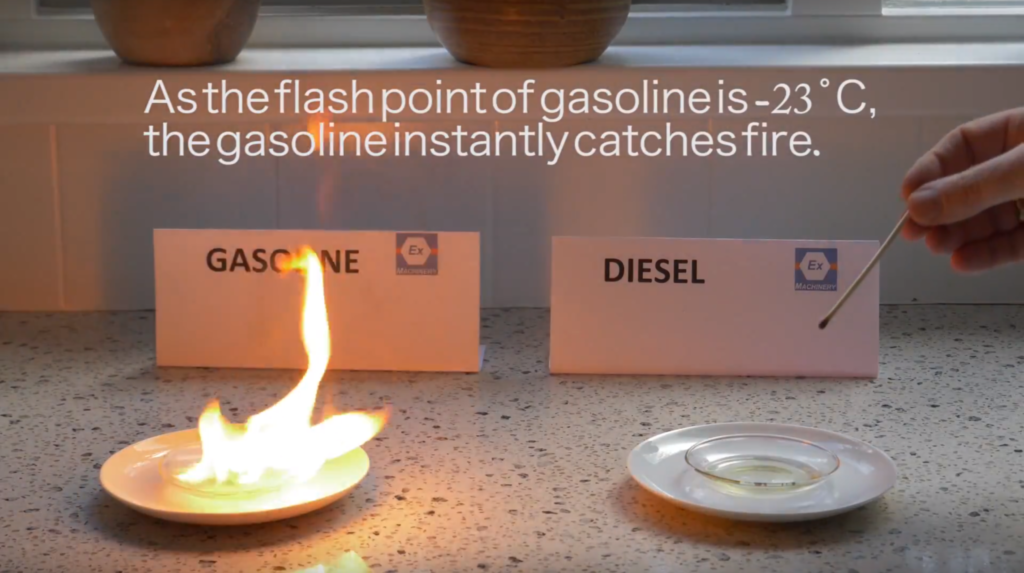
7. Self-Ignition point: Self-ignition points are properties of fuel which is also known as auto-ignition points, it is the temperature at which a material will ignite without an external ignition source.

8. Pour point: The temperature below which fuel ceases to flow.

9. Cloud point: The temp at which liquid fuel forms crystals and will not flow and it can choke the filter as well.

Note: Pour point & cloud point both are dangerous as these are very below to the the normal range for example suppose your pour point is 40 deg centigrade that means your temperature of the fuel tank should be always more than 40 deg Celsius else you will not be able to suck the fuel.
10. Calorific value: Amount of heat energy produced when you burn 1kg of fuel. In case of Heavy Fuel Oil you get 40.6MJ/kg energy and in Diesel oil 42.MJ/kg energy. More energy produced means in case of burning diesel it will produce more power which will result in less diesel consumption. But still in ships HFO is used because diesel oil is much costlier than HFO.
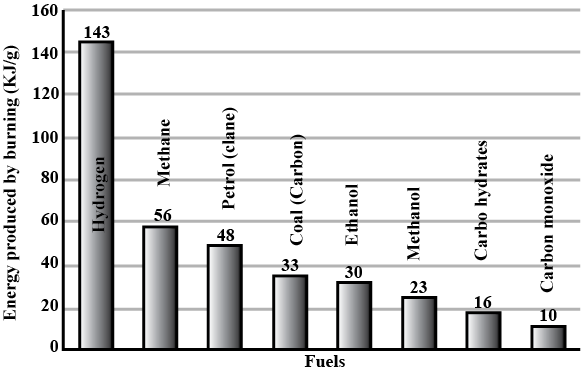
11. CCAI: CCAI stands for Calculated Carbon Aromaticity Index. It is used as rating to indicate ignition quality of fuel which depends upon the Aromatic content in the fuel.It contains benzene ring and presence of benzene ring deteriorates fuel quality and increases ignition lag. CCAI is more in Residual fuel because it contains Aromatic Content, more CCAI means more aromatics that means fuel quality is bad. If CCAI is less than 850 then fuel is very good. If CCAI is more than 870 then fuel is very bad.
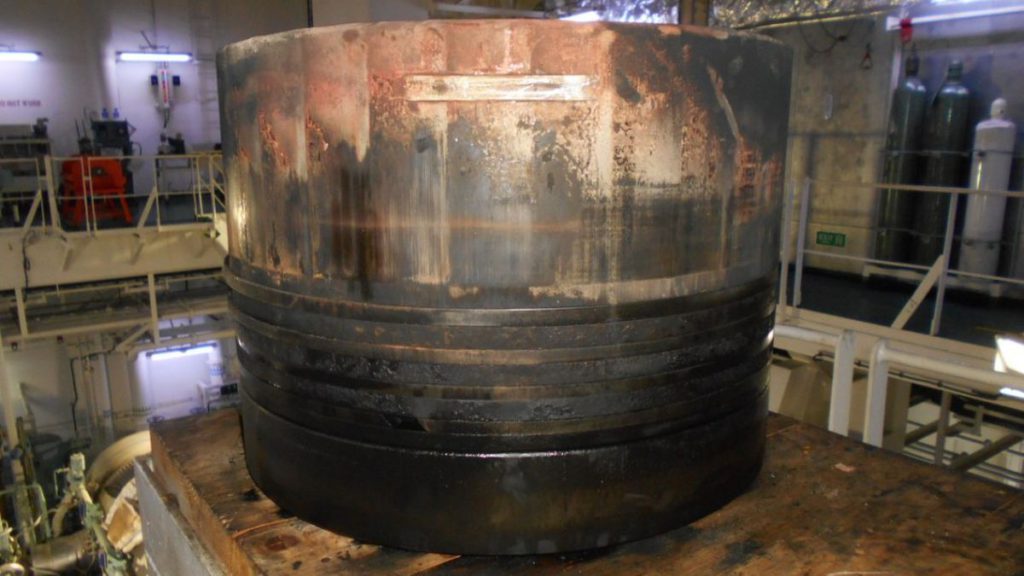
12.Octane (C-8): It is used in Spark Ignition Engines. It is an ability to resist knocking, iso-octane is the best fuel and it has a rating of 100 and n-heptane is the poorest among them it has a rating of 0. More Octane number means better anti knocking properties. If fuel has an octane number of 95 then it means it has 95% Iso-octane and 5% n-heptane. In sports cars high octane fuel is used as more octane means the engine can achieve higher compression ratio and the engine will have a better efficiency.
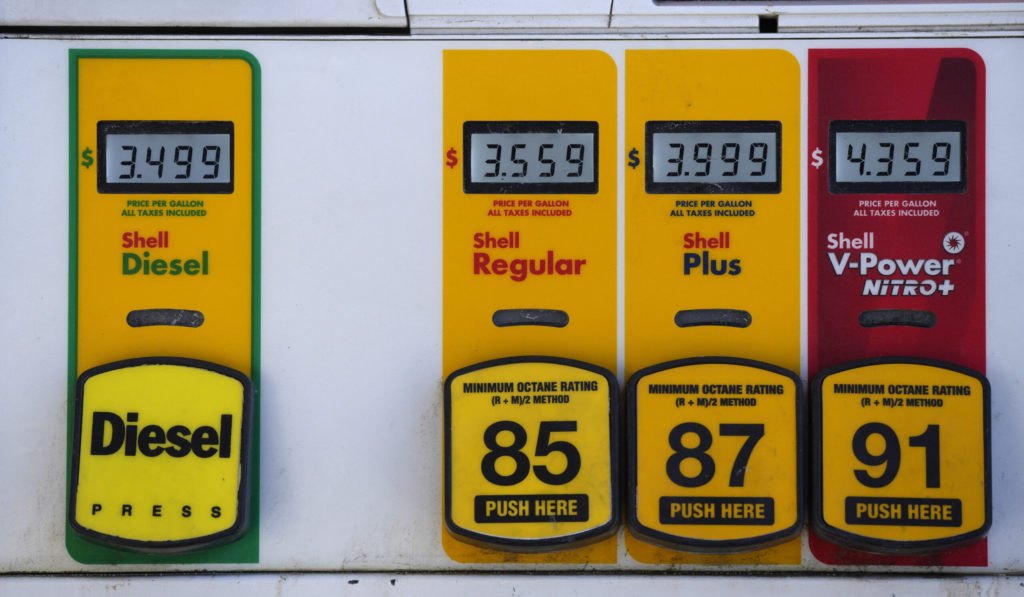
13.Cetane (C-16): It is used in the Compression Ignition Engine. Diesel is used in these engines and to burn it we need to compress the air in the cylinder. Fuel having more Cetane number will give less ignition delay and better quality fuel and then there will be less chance of knocking. n-cetane is the best fuel, has a rating of 100 and worst is Alpha Methyl Naphthalene, has a rating of 0. Cetane number of diesel is 40-48.
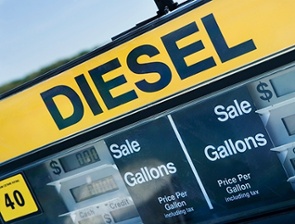
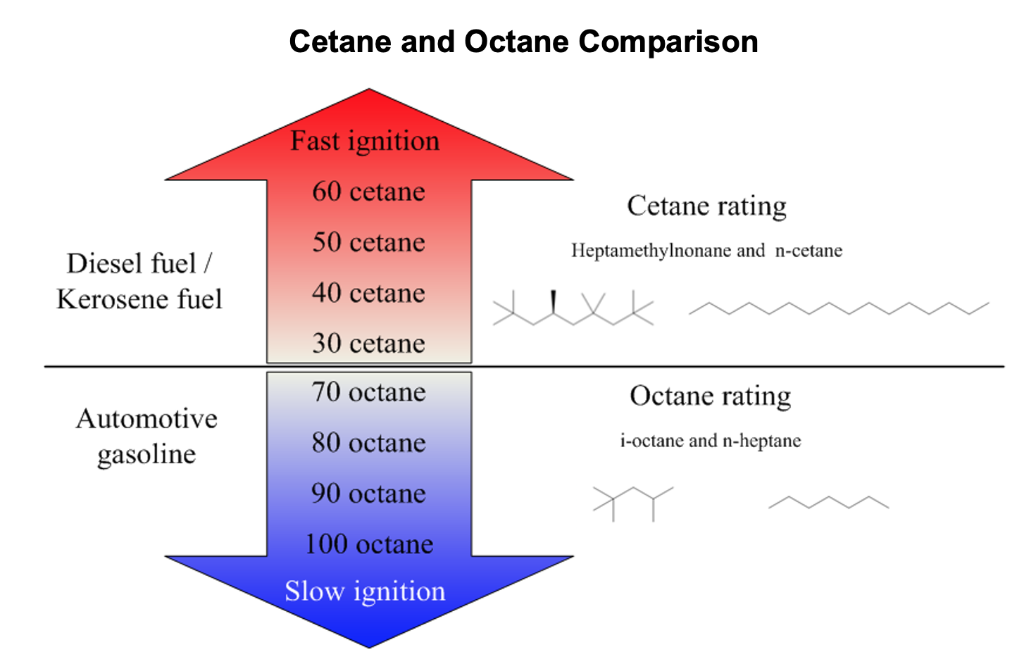
Note:
If you want to learn more about this topic, we suggest checking out our Combo package with the given link https://www.merchantnavydecoded.com/courses/c/ . It’s a great way to dive deeper into the subject through video explanations. This package covers all the important details and presents them in an easy-to-understand format. Watching the videos will help you grasp the topic better and make learning more enjoyable. So, we highly recommend giving our Combo package a try to enhance your knowledge on the subject.
Disclaimer :- The opinions expressed in this article belong solely to the author and may not necessarily reflect those of Merchant Navy Decoded. We cannot guarantee the accuracy of the information provided and disclaim any responsibility for it. Data and visuals used are sourced from publicly available information and may not be authenticated by any regulatory body. Reviews and comments appearing on our blogs represent the opinions of individuals and do not necessarily reflect the views of Merchant Navy Decoded. We are not responsible for any loss or damage resulting from reliance on these reviews or comments.
Reproduction, copying, sharing, or use of the article or images in any form is strictly prohibited without prior permission from both the author and Merchant Navy Decoded.

